Texas-headquartered commercial real estate services and investment firm CBRE has released research analysis about Australia’s clean energy market, encouraging private investors to consider the country’s robust market, secured by government backing and already attracting increased investment.
The analysis shows the clean eneryg market’s potential internal rate of return (IRR) ranges between 5% to 18%, which for solar farms is 5% to 15% and battery energy storage systems (BESS), 12% to 18%.
The analysis says Australia’s investment market is enjoying increased momentum on the back of 4,346 MW of new generation capacity greenlit for construction in 2024, worth over $9 billion (USD 5.7 billion) in capital value.
Eighty-eight clean electricity generation projects are in the pipeline comprising 13.2 GW of capacity along with new capacity added from rooftop solar, from 337,498 households and small businesses, the equivalent of 3.1 GW, in 2024.
CBRE’s report highlights the impact on deployment caused by slow planning processes, and uses Aurora Energy Research data to show for solar farms it can take 5 to 7 years to complete projects, and for wind 7 to 9 years, suggesting that projects currently not under development may not be finalised to reach net zero by 2030.
CBRE’s Capital Markets Manager for Energy & Infrastructure Lee Holdsworth said as the shift to renewable energy gains momentum, investors have increased opportunities for value, and renewable energy projects offer attractive returns and government incentives enhance viability and mitigate risk.
Mr Holdsworth noted that the weight of capital is driving an uptick in new project starts with 88 renewable electricity generation projects in the pipeline, representing 13.2 GW of capacity.

Image: CBRE
CBRE’s Head of Alternatives Research Kate Bailey said many new projects include solar, wind and battery storage as part of an integrated co-location offering, providing operational and cost-saving benefits.
“Leveraging battery storage as part of solar and wind projects can reduce lag time, deliver cost savings, and provide the ability to store excess electricity during peak hours. Batteries can potentially generate higher returns by charging during off-peak times and distributing energy during high-demand periods,” Bailey said.
Backing from Australia’s federal and state governments, through financial incentives, is also cited as a significant driver of investment in Australia’s renewable energy market, highlighting project’s investment security through funding streams such as the Capacity Investment Scheme (CIS), renewable energy target (RET) and large-scale generation certificates (LGCs).
This content is protected by copyright and may not be reused. If you want to cooperate with us and would like to reuse some of our content, please contact: editors@pv-magazine.com.
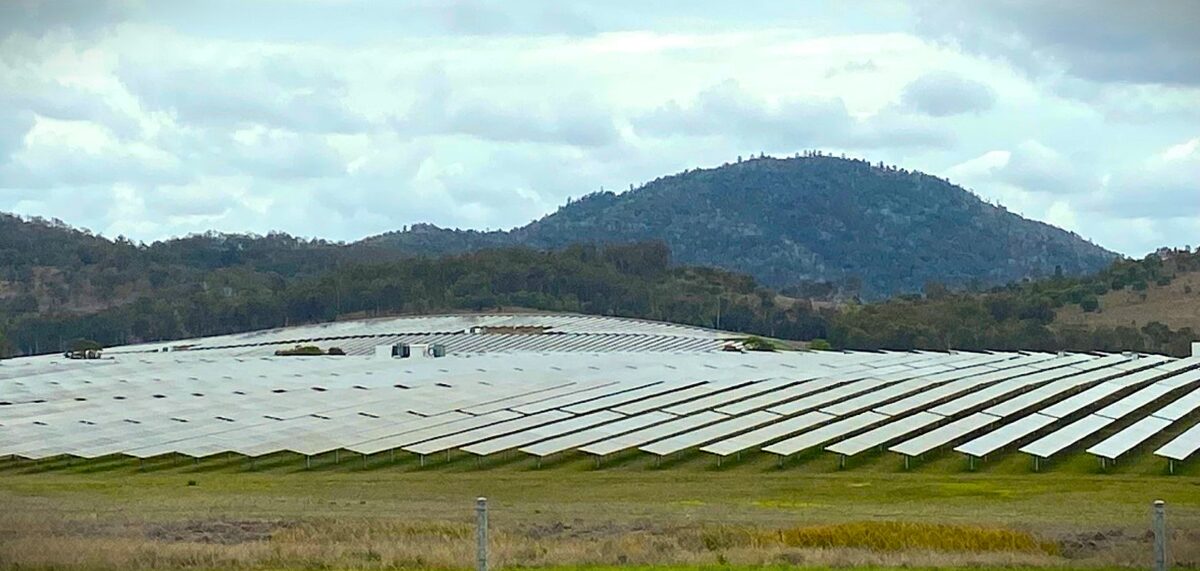



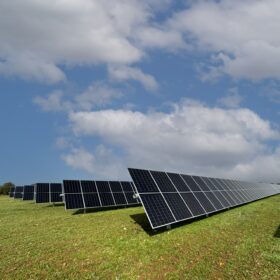
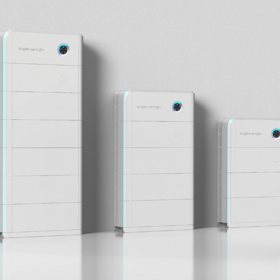
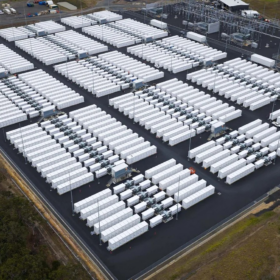
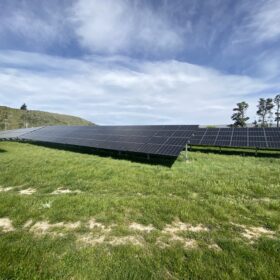
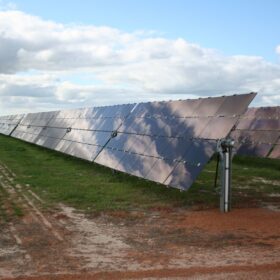
By submitting this form you agree to pv magazine using your data for the purposes of publishing your comment.
Your personal data will only be disclosed or otherwise transmitted to third parties for the purposes of spam filtering or if this is necessary for technical maintenance of the website. Any other transfer to third parties will not take place unless this is justified on the basis of applicable data protection regulations or if pv magazine is legally obliged to do so.
You may revoke this consent at any time with effect for the future, in which case your personal data will be deleted immediately. Otherwise, your data will be deleted if pv magazine has processed your request or the purpose of data storage is fulfilled.
Further information on data privacy can be found in our Data Protection Policy.